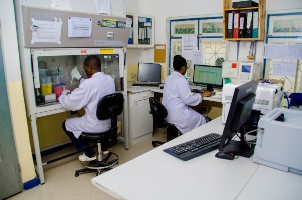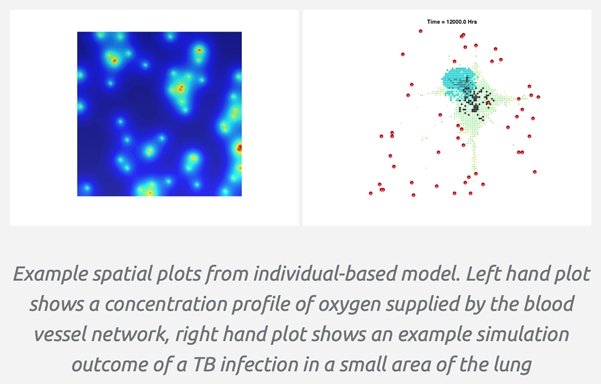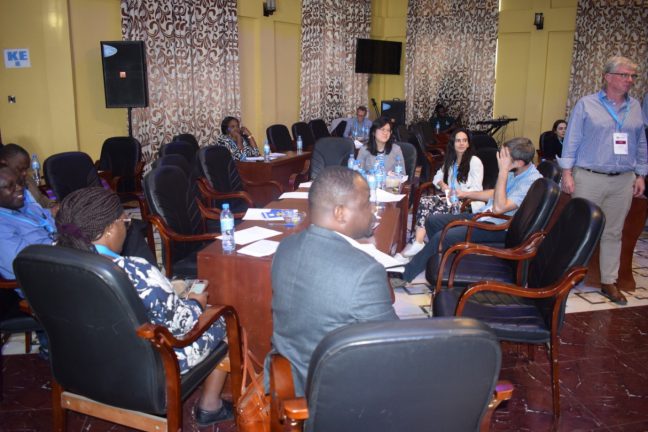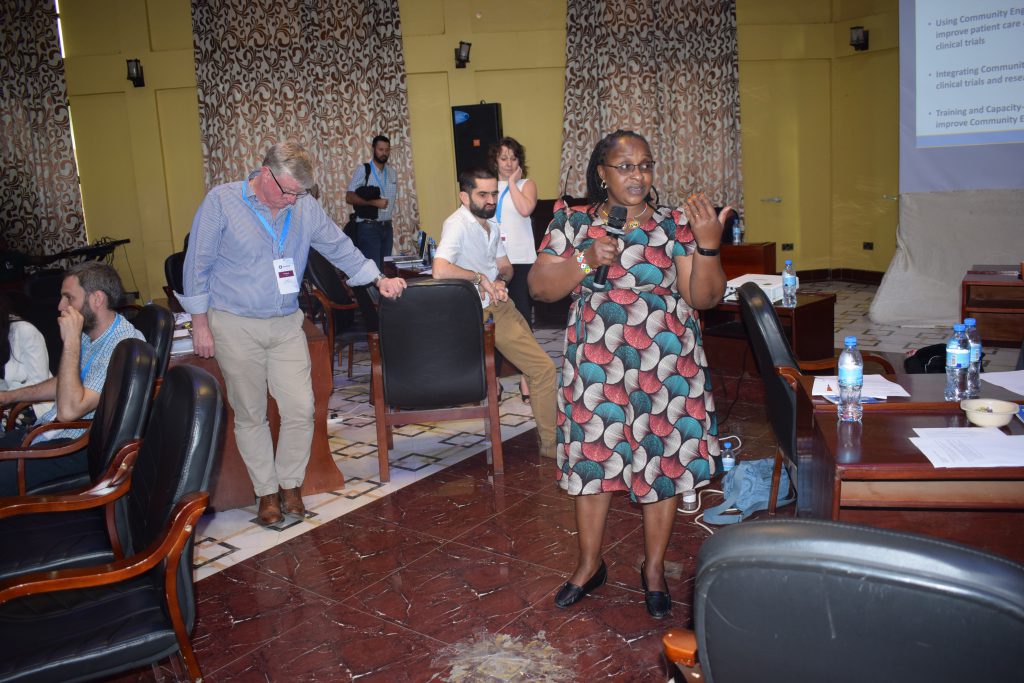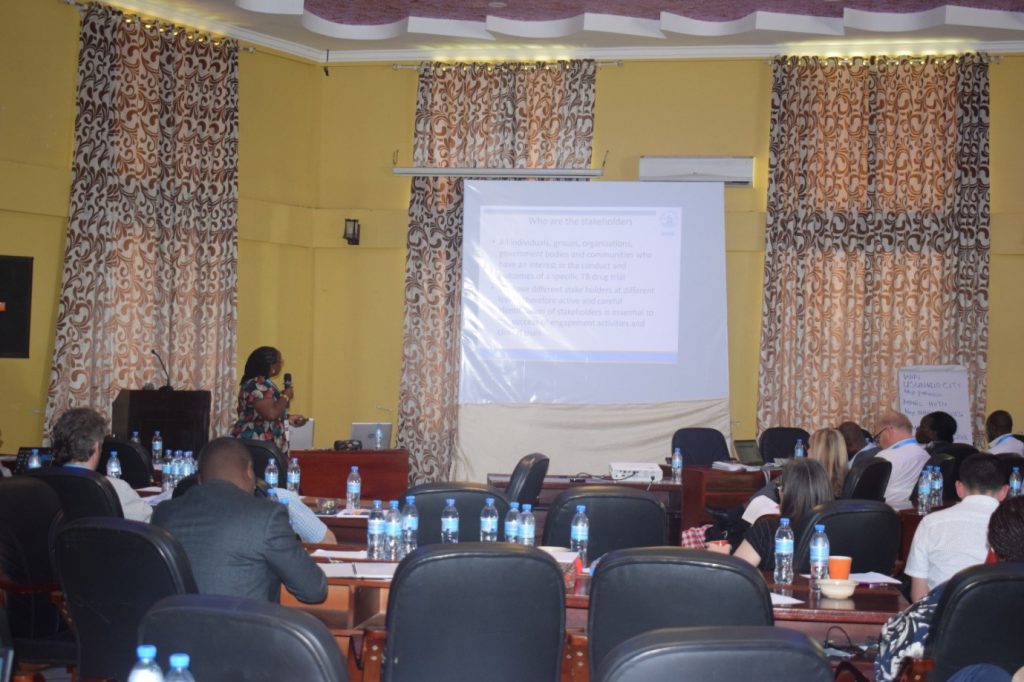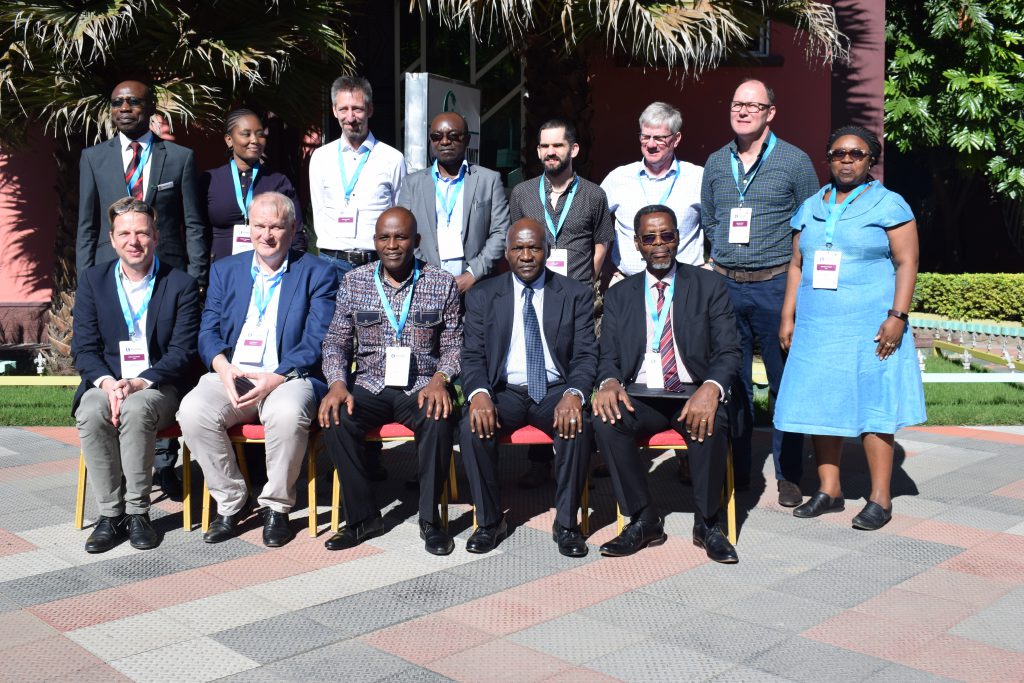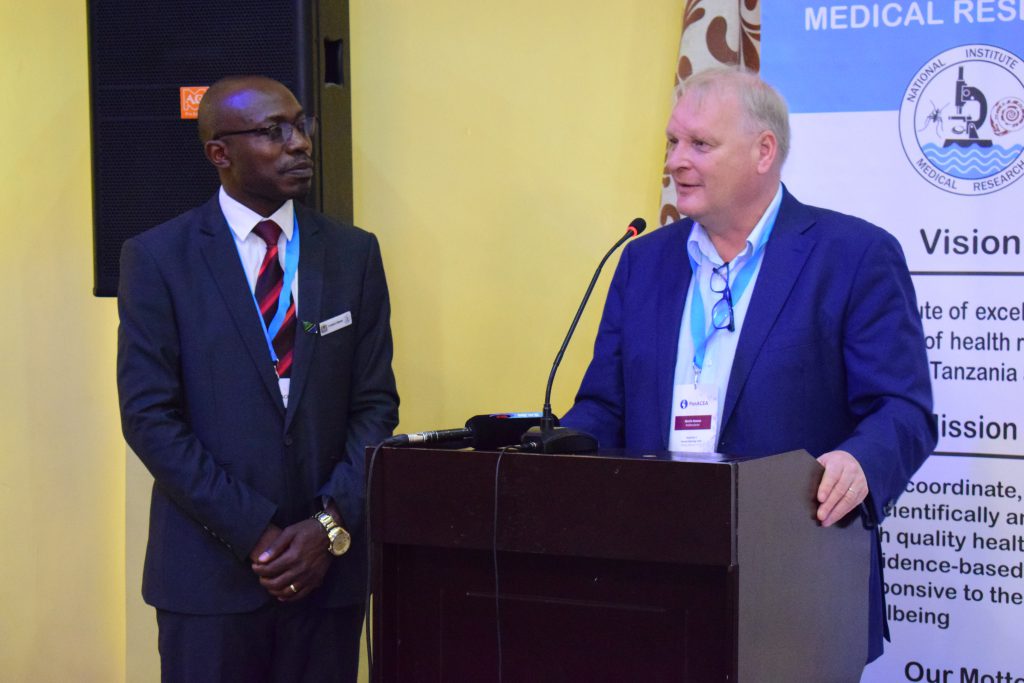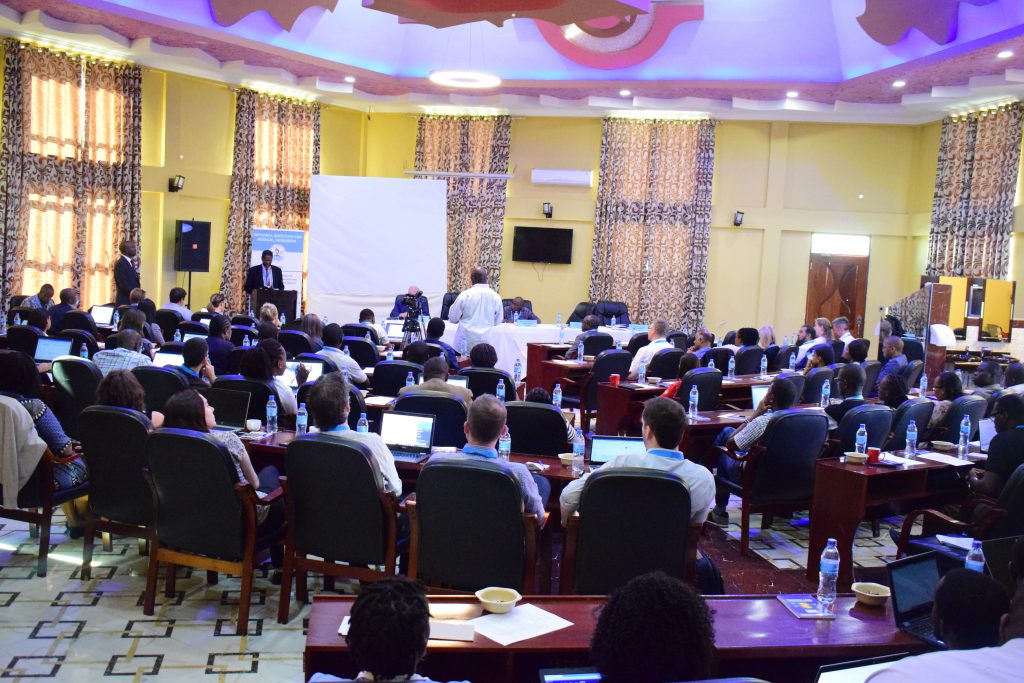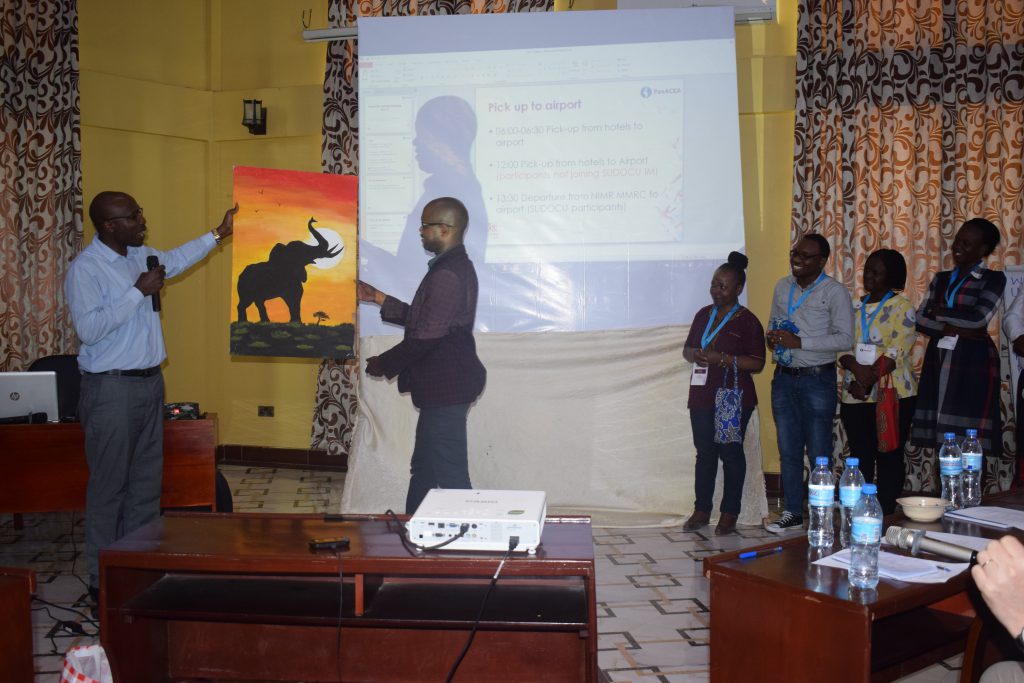The PanACEA SUDOCU study completed its recruitment: a total of 75 participants were randomized to 5 arms (15 participants each) with a wide range of sutezolid doses (from 0mg to 800mg BID given over three months).
With this open-label, randomized, phase 2B, dose selection study (ClinicalTrials.gov identifier NCT03959566) we aim to describe the safety/tolerability-exposure relationship of sutezolid (and its main metabolite), in combination with standard-dose bedaquiline, delamanid and moxifloxacin.
Participating PanACEA sites were The Aurum Institute for Health Research (Johannesburg, South Africa), Kilimanjaro Clinical Research Institute (Moshi, Arusha, Tanzania), Ifakara Health Institute (Bagamoyo, Tanzania), and National Institute for Medical Research (NIMR – MMRC) (Mbeya, Tanzania).
The current TB drug development pipeline contains only a limited number of novel agents ready for advanced phase 2 testing, and sutezolid (an oxazolidinone) is one of these compounds in the clinical development stage. Sutezolid will most likely have similar or better efficacy as its sister compound linezolid, however is probably much less toxic as indicated by in vitro and early human data. In the SUDOCU study, PanACEA evaluated sutezolid together with a novel backbone, which has the potential to be a universal regimen for drug sensitive and drug resistant TB. PanACEA anticipates that SUDOCU will identify the optimal dose of sutezolid that provides the best efficacy, at acceptable safety, to be used in follow-up large-scale clinical trials.
We are currently, completing follow-up and checking all samples and data collected. In the analysis stage, we will deploy the most innovative and advanced PK-PD methods to describe the exposure-response relationship of sutezolid.
Ideally, we aim to report a target plasma concentration and an optimal dose of sutezolid as soon as possible!

